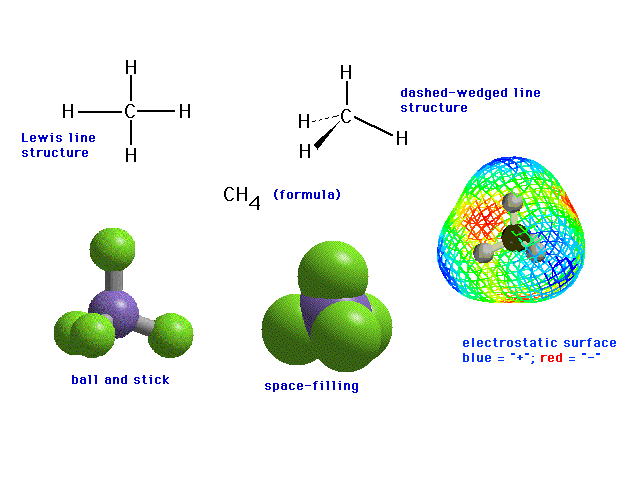| CURMUDGEON GENERAL'S WARNING. These "slides" represent highlights from lecture and are neither complete nor meant to replace lecture. It is advised not to use these as a reliable means to replace missed lecture material. Do so at risk to healthy academic performance in 09-105. |
VSEPR Model
Distortions from ideal geometries
effect of lone single electrons
electronegativity effects
Dipole Moments in Polyatomic Molecules
Rigidity about double bond
Geometrical isomers
(Answer: The FBrF bond angle will be smaller than the FClF bond angle. The increased electronegativity of the F relative to the central atom pulls the electrons in the bonding pair further out from the center thus reducing the effectiveness of the bonding pair bonding pair repulsion.)
